Kadhi Pakora: A Palate-Pleasing Dance of Flavor and Texture

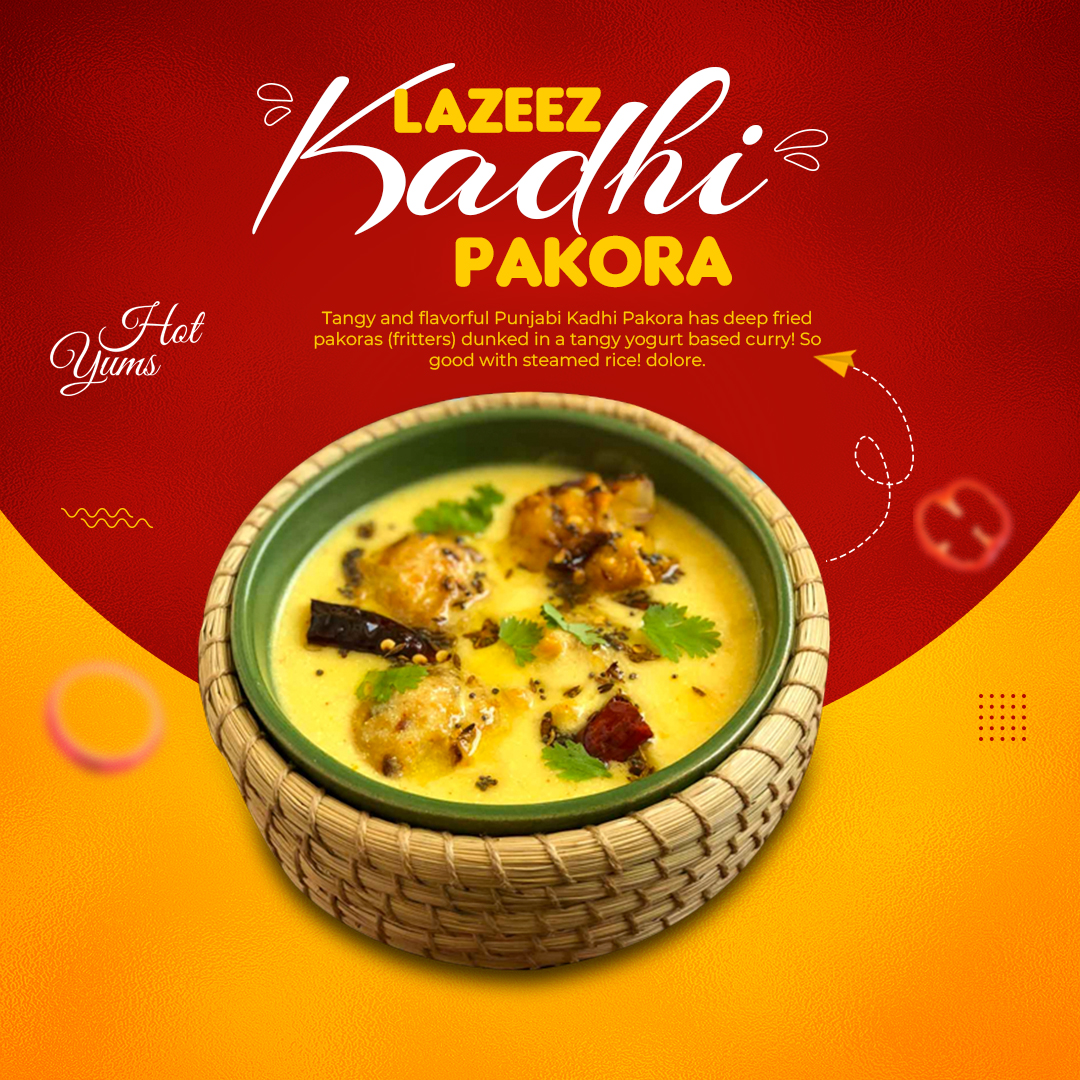
In the vibrant tapestry of Indian cuisine, Kadhi Pakora emerges as a culinary symphonyKadhi Pakora: A Palate-Pleasing Dance of Flavor and Texture , a dish that perfectly balances tanginess, creaminess, and the crunch of deep-fried delights. This iconic North Indian comfort food marries gram flour (besan) dumplings, known as pakoras, with a yogurt-based curry, resulting in a dish that captivates the taste buds and offers a delightful contrast of textures. Let’s delve into the world of Kadhi Pakora, exploring its origins, preparation, and the cultural significance that makes it a beloved part of Indian dining.
Kadhi pakora near me
The Heritage of Kadhi Pakora
1. Historical Roots:
Kadhi, in various forms, has been part of Indian culinary traditions for centuries. The use of yogurt and gram flour in savory dishes dates back to ancient times, showcasing the culinary ingenuity of Indian cooks in creating a dish that combines contrasting flavors and textures.
2. Regional Variations:
Kadhi Pakora boasts regional diversity, with each Indian state offering its unique spin on the classic. From the robust Punjabi Kadhi to the spicier Rajasthani version, the dish adapts to local tastes while retaining its core essence.
Crafting the Perfect Kadhi Pakora
1. Ingredients:
-
For the Pakoras Kadhi Pakora: A Palate-Pleasing Dance of Flavor and Texture :
- 1 cup gram flour (besan)
- 1 onion, finely chopped
- 1/2 cup spinach, finely chopped (optional)
- 1/2 teaspoon red chili powder
- Salt to taste
- Water (as needed to make a thick batter)
-
For the Kadhi Pakora: A Palate-Pleasing Dance of Flavor and Texture :
- 1 cup yogurt, whisked
- 2 tablespoons gram flour (besan)
- 1 teaspoon cumin seeds
- 1/2 teaspoon fenugreek seeds (methi)
- 1/2 teaspoon turmeric powder
- 1/2 teaspoon red chili powder
- 2 tablespoons ghee
- Curry leaves and dried red chilies for tempering
- Salt to taste
2. Pakora Preparation :
- Mix gram flour, chopped onions, spinach (if using), red chili powder, and salt.
- Add water gradually to form a thick batter.
- Drop spoonfuls of the batter into hot oil and fry until golden brown. Set aside.
3. Kadhi Magic:
- Whisk together yogurt and gram flour to form a smooth paste.
- In a pan, heat ghee, add cumin seeds, fenugreek seeds, turmeric powder, and red chili powder.
- Pour in the yogurt mixture and stir continuously to avoid lumps.
- Add water, salt, and let the kadhi simmer until it thickens.
4. Marriage of Pakoras and Kadhi:
- Just before serving, gently add the fried pakoras to the simmering kadhi, allowing them to absorb the flavorful broth.
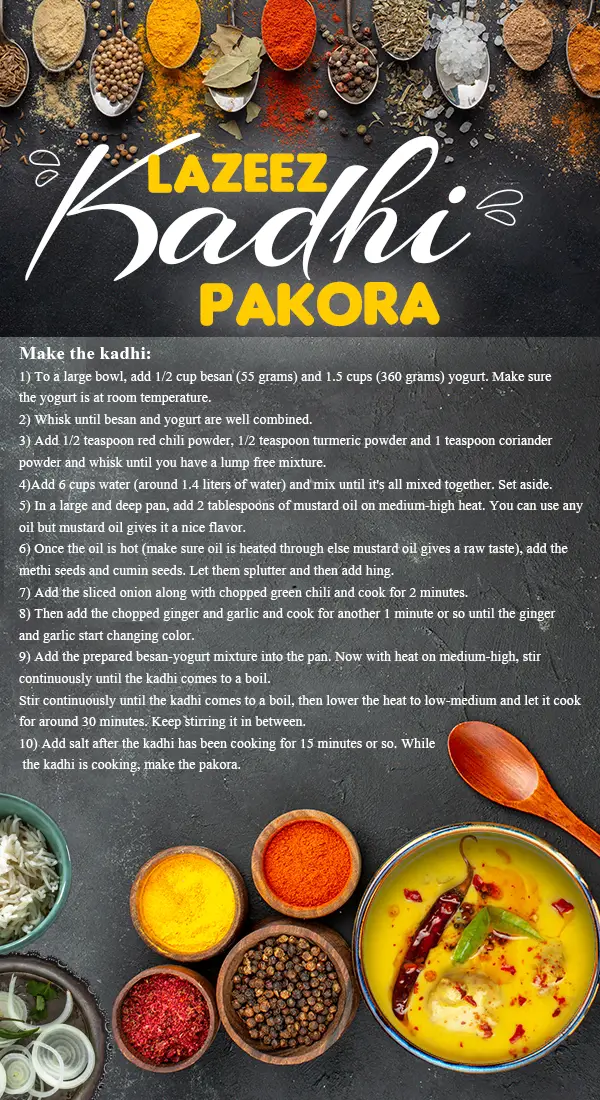
you may also like
Cultural Significance of Kadhi Pakora
1. Comfort in a Bowl:
- Kadhi Pakora is synonymous with comfort food in Indian households. Its soothing yogurt base and fried pakoras provide a sense of warmth and satisfaction, making it an ideal choice for comforting meals.
2. Festive Feasting:
- While Kadhi Pakora is a staple in everyday meals, it also takes center stage during festivals and celebrations. Its rich flavors and versatility make it a crowd-pleaser on festive dining tables.
Modern Twists and Adaptations
1. Vegetarian Variations Kadhi Pakora A Palate Pleasing Dance of Flavor and Texture
- Kadhi Pakora easily adapts to vegetarian preferences. Some recipes replace pakoras with vegetables like potatoes, cauliflower, or even paneer, offering diverse options for those seeking a meatless alternative.
2. Health-Conscious Kadhi Pakora A Palate Pleasing Dance of Flavor and Texture :
- For those mindful of their health, Kadhi Pakora can be prepared with less oil, and pakoras can be baked instead of deep-fried. Using low-fat yogurt provides a lighter yet equally flavorful experience.
Onion Pakora Recipe
Ingredients For the Pakoras:
You May Also Like
Gajjar ka Halwa Symphony of Sweetness
- 2 large onions, thinly sliced
- 1 cup gram flour (besan)
- 1/4 cup rice flour (optional, for extra crispiness)
- 1 teaspoon red chili powder
- 1/2 teaspoon turmeric powder
- 1 teaspoon cumin seeds
- A pinch of asafoetida (hing)
- Salt to taste
- Water (as needed to make a thick batter)
- Oil for deep frying
Optional Additions Kadhi Pakora: A Palate-Pleasing Dance of Flavor and Texture :
- 1 teaspoon chaat masala
- 1/2 teaspoon baking soda (for extra fluffiness)
Instructions Kadhi Pakora :
- Prepare the Batter:
- In a large mixing bowl, combine gram flour, rice flour (if using), red chili powder, turmeric powder, cumin seeds, asafoetida, and salt. Kadhi Pakora: A Palate Flavor and Texture Mix well to ensure even distribution of spices.
- Add Sliced Onions:
- Add the thinly sliced onions to the dry mixture. Mix the onions thoroughly with the flour mixture, ensuring that each slice is well-coated.
- Create a Thick Batter:
- Gradually add water to the mixture, stirring continuously to avoid lumps. The goal is to create a thick batter that coats the onions well. If you prefer a fluffier texture, you can add baking soda to the batter at this stage.
- Heat Oil for Deep Frying:
- In a deep pan or kadai, heat oil for deep frying. To check if the oil is hot enough, drop a small portion of the batter into the oil. If it sizzles and rises to the surface, the oil is ready.
- Deep Fry the Pakoras:
- Using a spoon or your hands, drop small portions of the batter into the hot oil. Fry the pakoras until they turn golden brown and crispy. Make sure to flip them for even cooking.
- Drain Excess Oil:
- Once the pakoras are golden brown and crisp, use a slotted spoon to remove them from the oil. Place them on a plate lined with paper towels to absorb any excess oil.
- Optional Seasoning:
- If you like, sprinkle chaat masala over the freshly fried pakoras for an extra burst of flavor.
- Serve Hot:
- Onion pakoras are best enjoyed hot and crispy. Serve them with mint chutney, tamarind sauce, or your favorite dipping sauce.
Tips Kadhi Pakora: A Palate-Pleasing Dance of Flavor and Texture :
- Experiment with adding other vegetables like spinach or grated potatoes to the batter for variety.
- Adjust the spice levels according to your taste by adding more or less red chili powder.
- Serve pakoras immediately for the crispiest texture.
Kadhi Pakora A Palate-Pleasing Dance of Flavor and Texture :
These Onion Pakoras are a classic Indian snack that’s quick to prepare and perfect for rainy days or as a delightful appetizer for gatherings. Enjoy the crispy goodness!
Kadhi Pakora is a distinctive Indian dish that stands out for its unique combination of flavors, textures, and preparation method. Here are some key differences that set Kadhi Pakora apart from other dishes:
-
Yogurt-Based Curry:
- Kadhi Pakora is primarily known for its yogurt-based curry. The base of the curry is made by combining yogurt with gram flour (besan) to create a thick, tangy, and slightly sour consistency. This sets it apart from many other Indian curries that often use tomatoes or cream as a base.
-
Gram Flour Dumplings (Pakoras) :
- The inclusion of pakoras, deep-fried gram flour dumplings, is a defining feature of Kadhi Pakora. These pakoras add a unique texture to the dish, providing a crunchy contrast to the smooth curry. Most other Indian curries do not incorporate such fried dumplings.
-
Tempering with Curry Leaves and Mustard Seeds :
- Kadhi Pakora is often tempered with mustard seeds and curry leaves, enhancing its flavor profile. The tempering adds a distinct aroma and flavor that is not commonly found in other Indian curries.
-
Regional Variations :
- Kadhi Pakora exhibits diverse regional variations across India. Each region may have its own spin on the dish, incorporating local ingredients and flavors. For example, Punjabi Kadhi is rich and creamy, while Rajasthani Kadhi tends to be spicier.
-
Comfort Food Status :
- Kadhi Pakora is widely considered comfort food in Indian households. Its soothing, slightly tangy taste, combined with the hearty pakoras, makes it a dish that people often turn to for warmth and comfort. While other Indian curries may offer comfort, Kadhi Pakora’s unique combination makes it stand out.
-
Serving Accompaniments :
- Kadhi Pakora is often served with plain steamed rice or chapati, emphasizing its versatility. The choice of serving accompaniments is distinct from other Indian curries that might be paired with specific bread varieties like naan or roti.
-
Tangy Flavor Profile :
- The tanginess of the yogurt in Kadhi Pakora imparts a unique flavor profile. While other curries may have a mix of spices and herbs, Kadhi Pakora’s tangy undertone sets it apart and contributes to its characteristic taste.
-
Special Occasion Dish :
- Kadhi Pakora is commonly featured in festive and special occasion meals. Its celebratory status distinguishes it from everyday curries, which may be simpler and quicker to prepare.
Overall, Kadhi Pakora’s combination of tangy yogurt curry, fried gram flour dumplings, and distinctive tempering makes it a stand-alone dish in the realm of Indian cuisine, offering a culinary experience that is both comforting and unique.
Conclusion Kadhi Pakora A Palate-Pleasing Dance of Flavor and Texture :
Savoring Every Bite
Kadhi Pakora stands as a testament to the culinary brilliance of Indian cuisine, Kadhi Pakora: A Palate Flavor and Texture harmonizing diverse elements to create a dish that satisfies both the palate and the soul. Whether enjoyed with steamed rice, chapati, or simply on its own, each bite of Kadhi Pakora is a celebration of flavor, texture, and the rich cultural heritage that defines Indian gastronomy. So, as you savor the tangy goodness and the crispiness of the pakoras, you embark on a gastronomic journey that encapsulates the heart of Indian comfort food.

 Best sushi
Best sushi 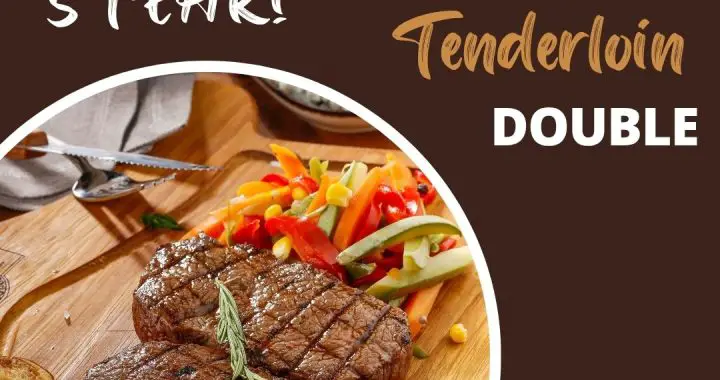 Juicy Tender beef steak
Juicy Tender beef steak  Navigating the Rich Tapestry of Arabic Mandi
Navigating the Rich Tapestry of Arabic Mandi 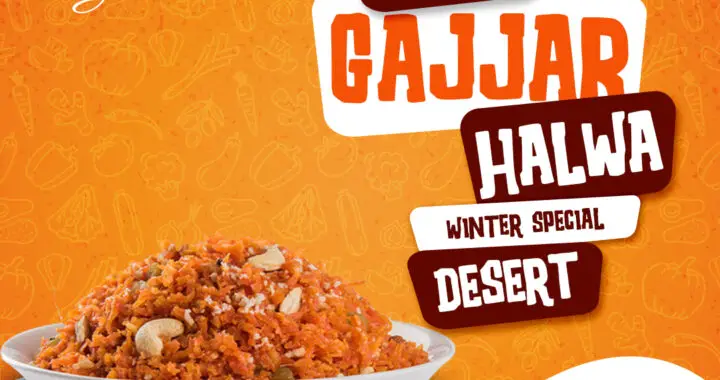 Gajjar ka Halwa Symphony of Sweetness
Gajjar ka Halwa Symphony of Sweetness 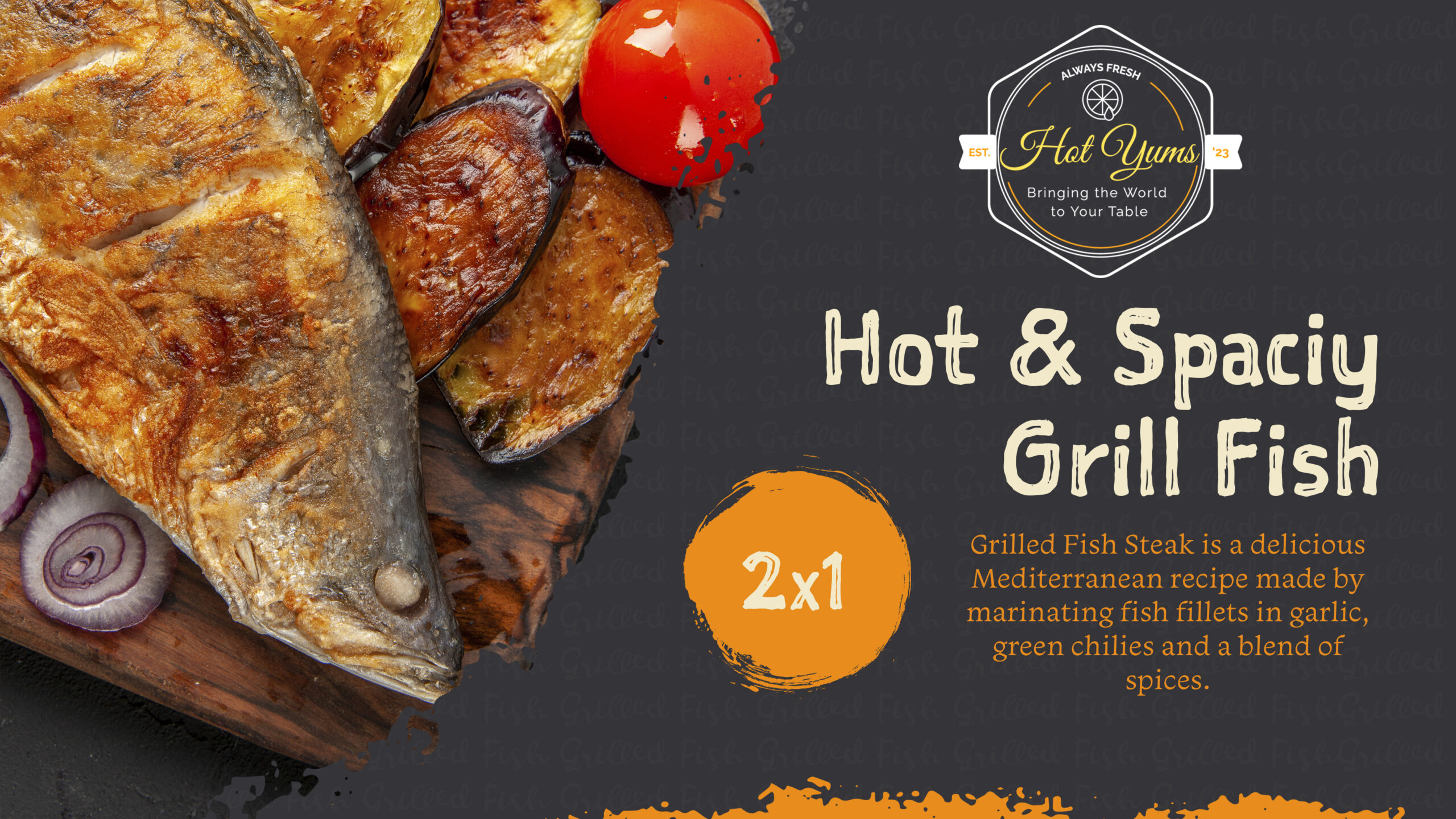 From Sea to Sizzle Exploring the World of Grilled Fish
From Sea to Sizzle Exploring the World of Grilled Fish  Delightful Delicacy Crafting Your Own Hot and Sour Soup
Delightful Delicacy Crafting Your Own Hot and Sour Soup 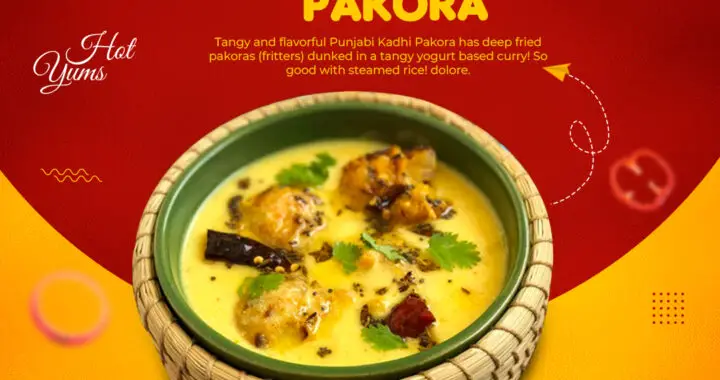 Kadhi Pakora: A Palate-Pleasing Dance of Flavor and Texture
Kadhi Pakora: A Palate-Pleasing Dance of Flavor and Texture
Üsküdar profesyonel tesisat Su faturanız yüksek geliyorsa, Üsküdar su kaçağı tespiti hizmetimizle kaçakları noktasal olarak buluyoruz. Uygun fiyat garantisi! https://friend24.in/blogs/3428/%C3%9Csk%C3%BCdar-Su-ka%C3%A7ak-tespiti